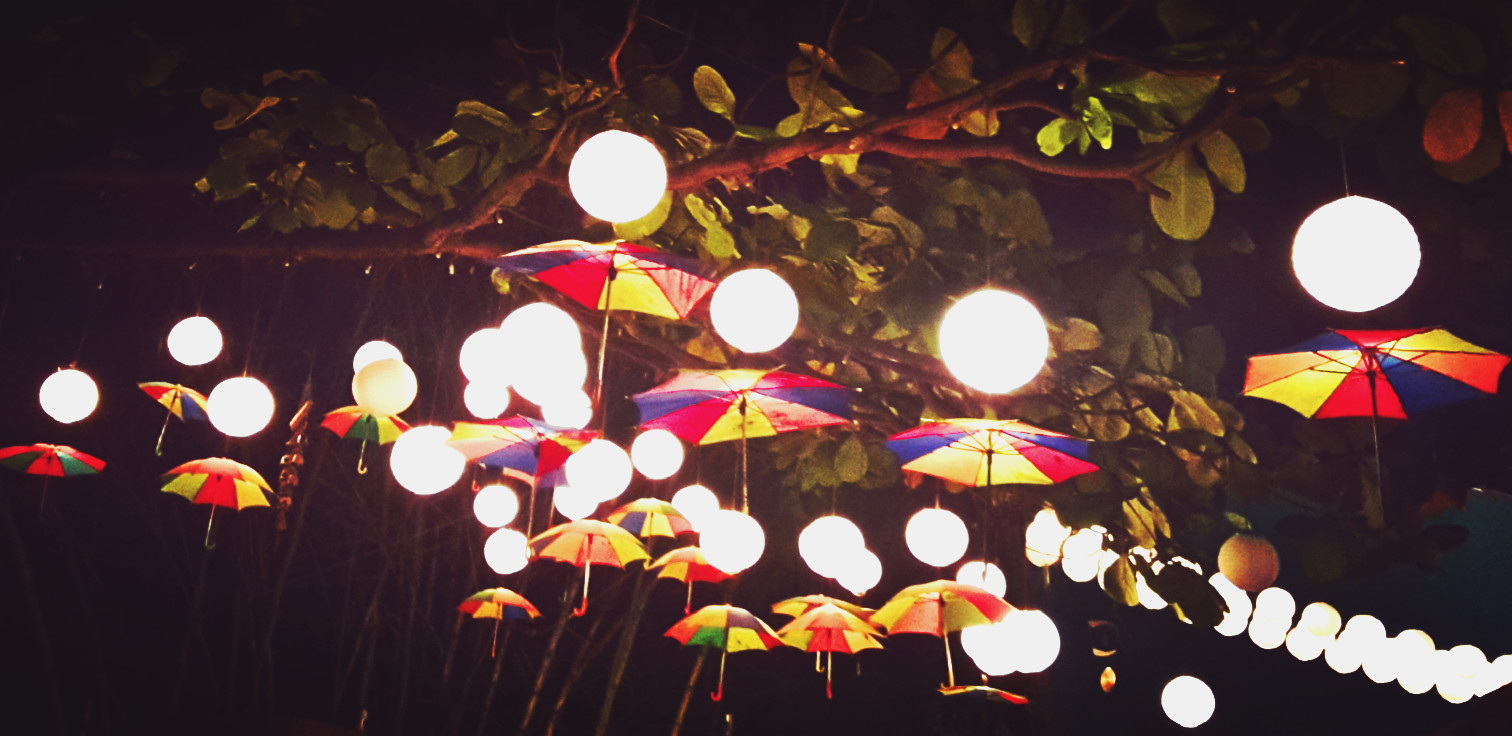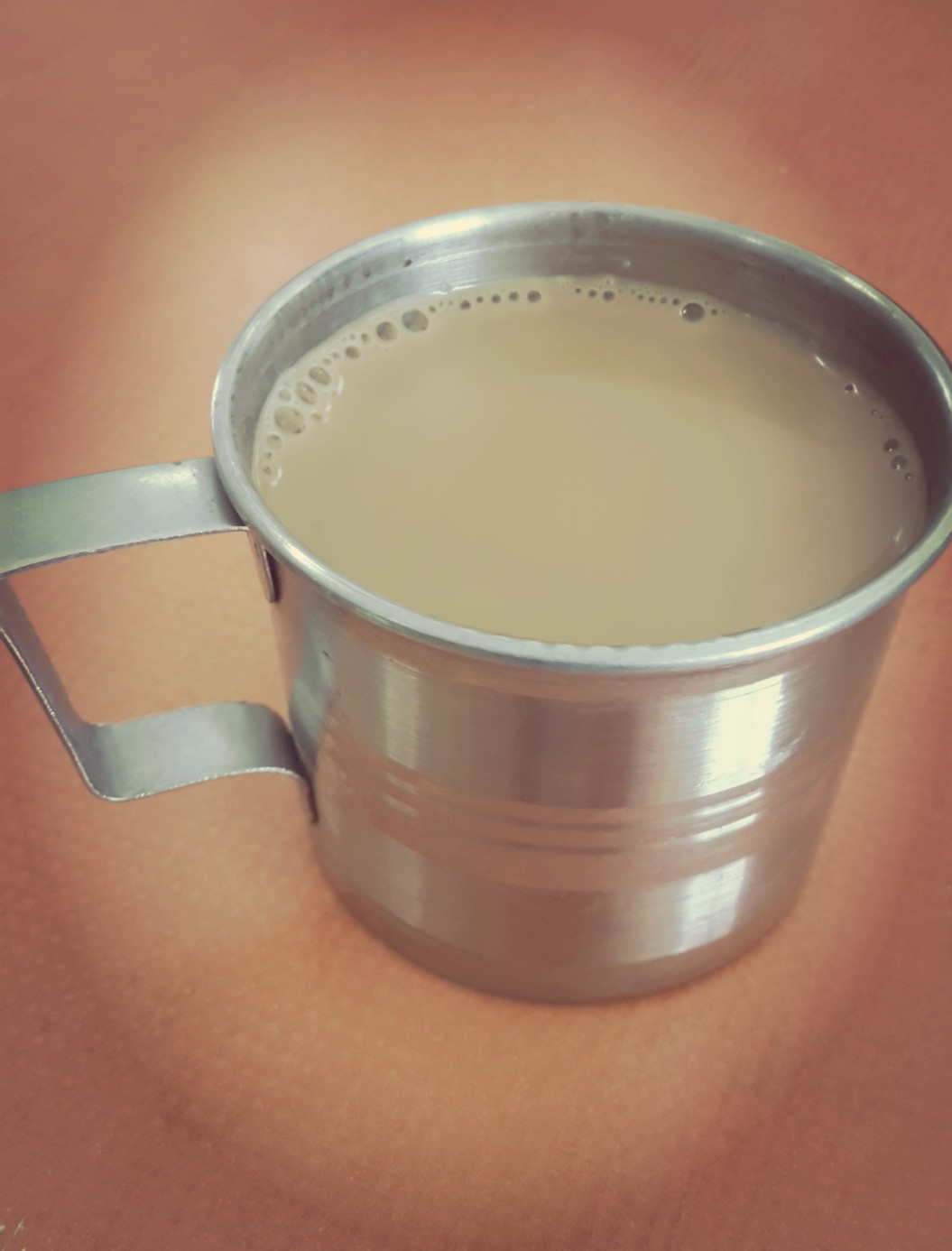To practice or not to practice – even the most devoted yogini asks herself this once a month.
Here in Pune, women on their period are given a different, more restful sequence to follow. So they will do all the standing and seated asanas and the twists with the rest of the class. When the class goes into inversions (which is what we practice towards the end of the session), the menstruating ladies go into either forward bends or restful supine positions.
When I was in Mysore last year I found out that in the Ashtanga tradition, women are allowed 3 rest days while on their period and these days are called the ‘Ladies’ Holiday’.
Now that we know that two very old traditions of yoga recommend rest during this time, it’s worth dwelling on why. I’m sure I’ve talked about it in a previous blog, but the most obvious reason is that inversions force the flow of blood to go against the natural course, which may lead to unhealthy periods. Also, when you start to integrate bandhas with your asanas, the mula bandha opposes the flow of blood again.
Mensturation is also the time when a woman’s body regenerates and gets ready to procreate again. This ability to procreate is held holy and revered in many cultures. This is a time for a woman to slow down and give time and space to her body, spiritually and physically.
When I first started practicing yoga, I admit I thought not practicing when you’re menstruating was just a myth. And so I practiced all the time. A lot of us can get away with intense challenging practice sessions even while we’re on our period. However, your body will change and it’s important to be attuned to these changes. Your flexibility levels vary day to day, as does your stamina and state of mind. As your body and your practice change you can expect that one day you may just want to relax during your period. Listen to your body, don’t just obey your mind.
How did I make peace with easing up on my practice? I decided to take it the Iyengar way. During my self practice I spent a lot of time in Supta Baddhakonasana and in various forward bends. I did a lot of hip openers because I find that feels good. I worked on my Hanumanasana as well. My back feels relaxed and flexible and I still feel like I did a good practice.
On to other related topics. Lately I’ve started looking into having a zero-waste period. As many readers may know, sanitary napkins and tampons are non biodegradable or recyclable and end up in landfills. There are reams online about TSS (Toxic Shock Syndrome) but my primary interest in a zero-waste period is the environment. Pads and tampons started to feel like the deep-fried, coated in refined sugar, unhygienic sweet that I didn’t even want to look at. I discovered alternatives. Here’s a video that will shed more light on this:
And if you’re interested in getting your own set of re-usable pads, you can get them at the link below. The reason I like this organisation is because they are involved with lots of rural initiatives.
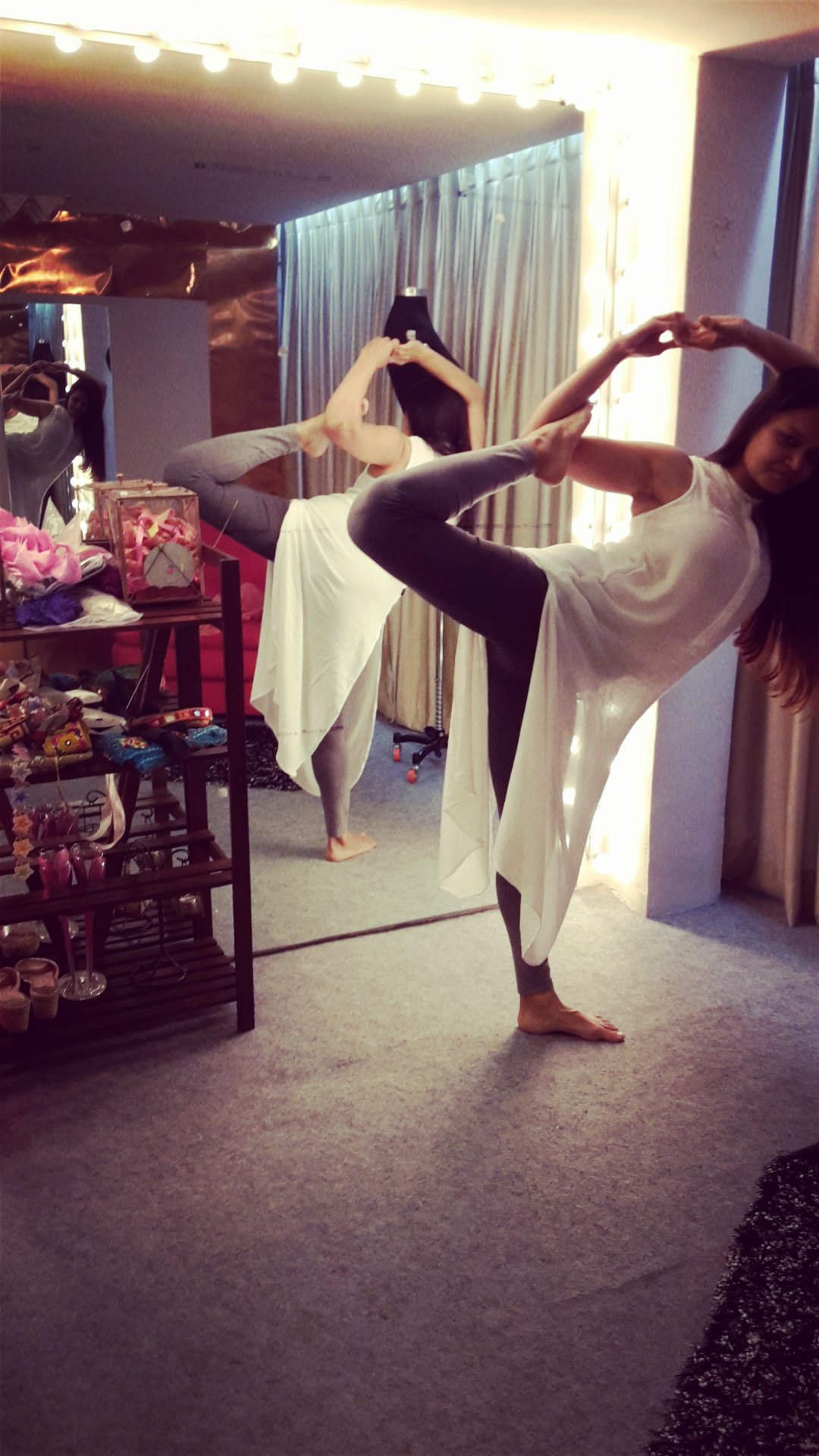
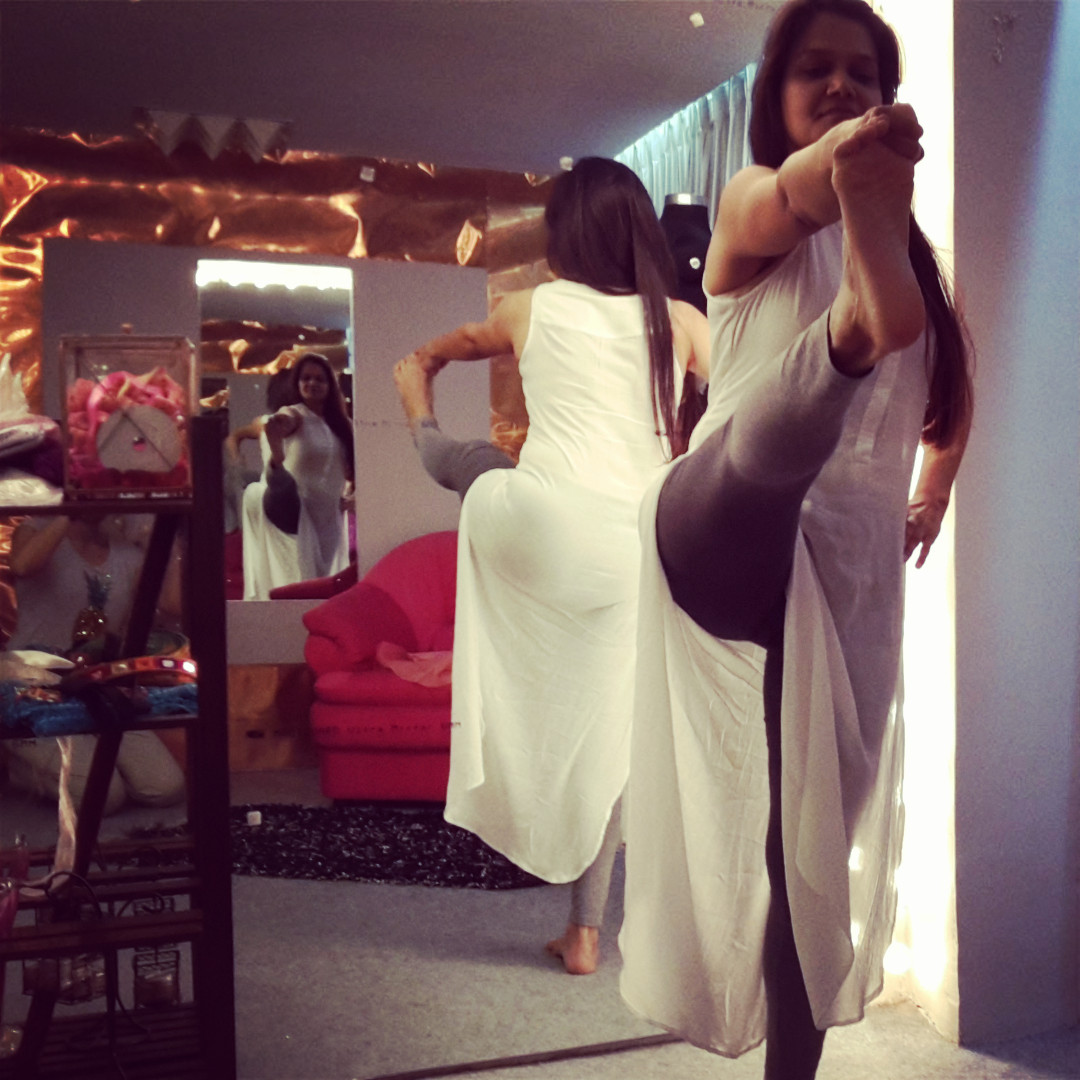
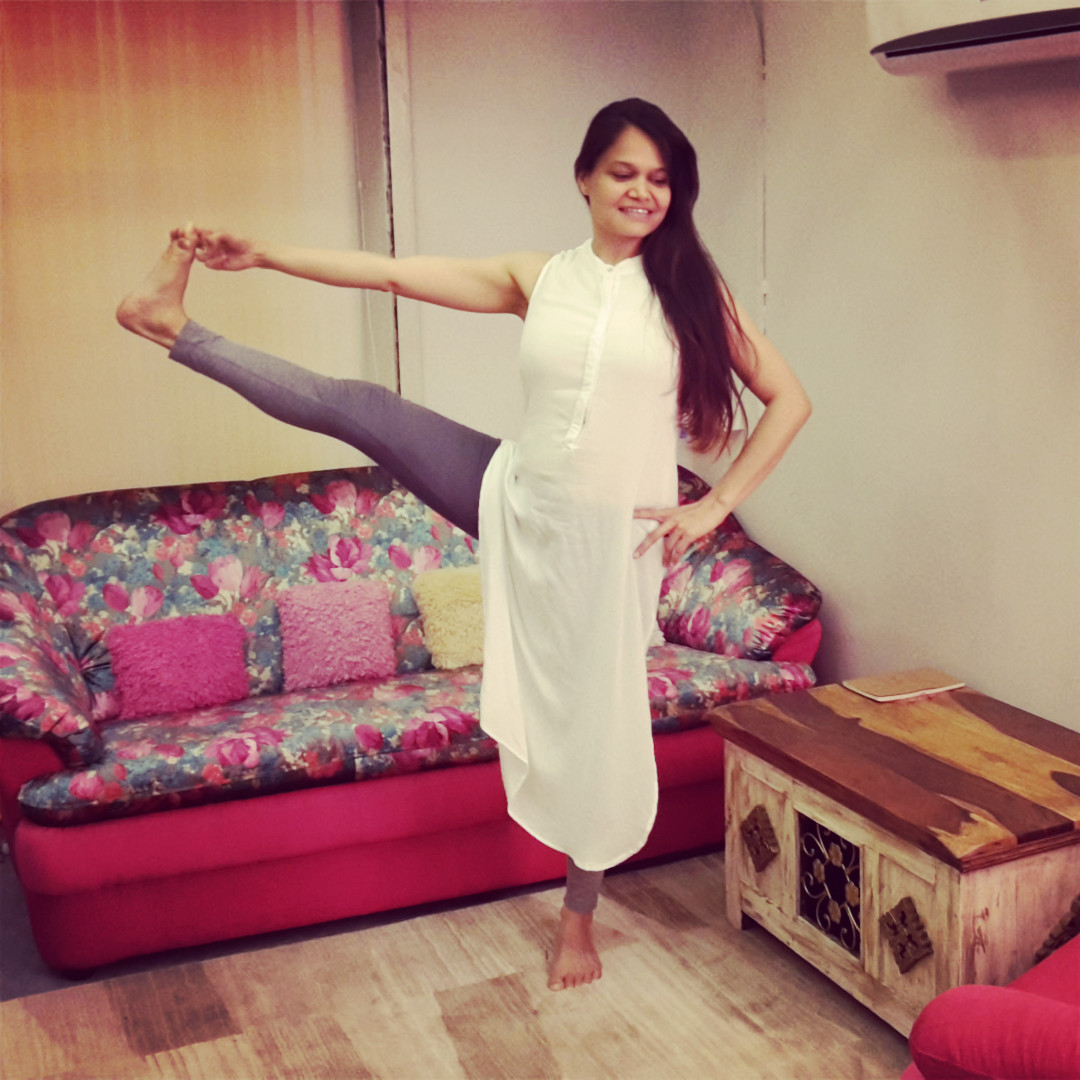

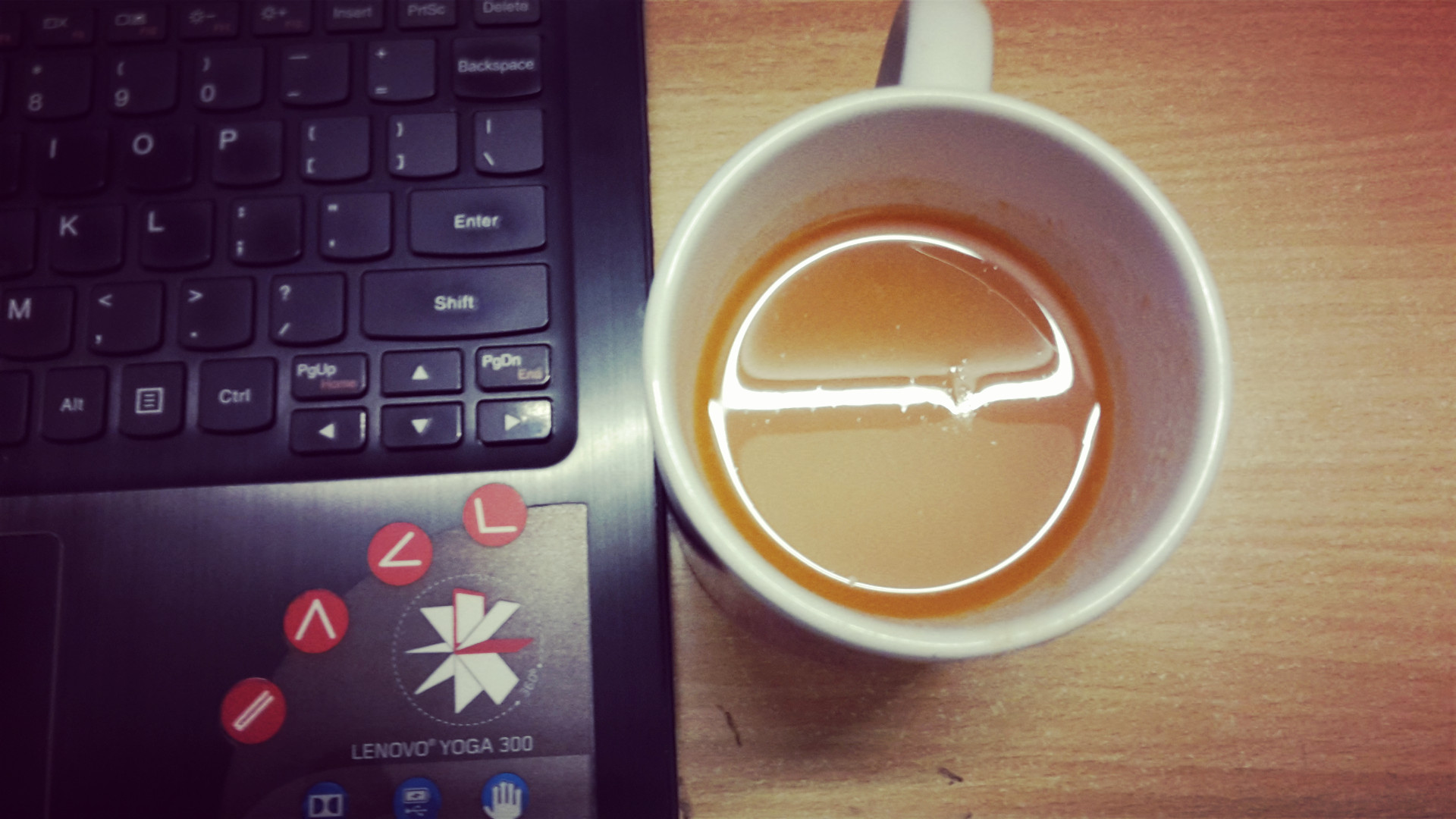



![IMG-20150209-WA0016[1]](https://yogawithpragya.com/wp-content/uploads/2015/02/img-20150209-wa00161-1.jpg?w=300)
![IMG-20150209-WA0003[1]](https://yogawithpragya.com/wp-content/uploads/2015/02/img-20150209-wa00031-1.jpg?w=300)
![IMG-20150209-WA0005[1]](https://yogawithpragya.com/wp-content/uploads/2015/02/img-20150209-wa00051-1.jpg?w=300)
